How are you preparing for the drought?
lucia_ca
15 years ago
Related Stories
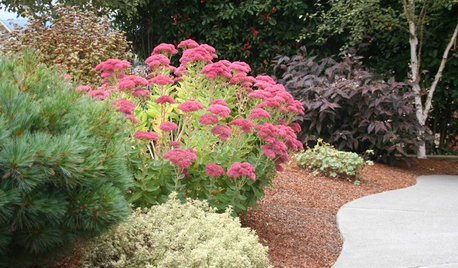
GARDENING GUIDESPacific Northwest Gardener's August Checklist
Deadheading perennials, cutting raspberry canes and preparing for the onion harvest keeps Northwest gardeners busy in August
Full Story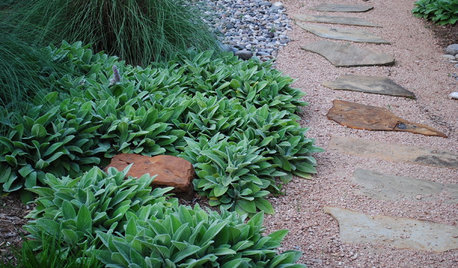
SAVING WATERLush Gardens With Low Water Needs
Drought tolerant doesn’t have mean spindly, brown and thorny
Full Story
SAVING WATER11 Ways to Save Water at Home
Whether you live in a drought-stricken area or just want to help preserve a precious resource, here are things you can do to use less water
Full Story
GROUND COVERSGround Force: 10 Top Ground Covers for Your Garden
Protect your soil from weeds and drought this summer with a living mulch of ground covers
Full Story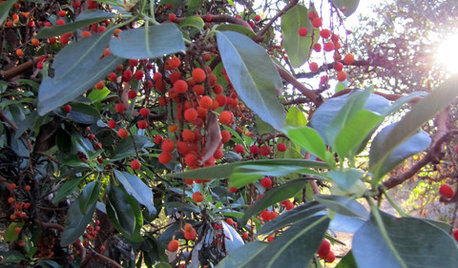
GARDENING GUIDESGreat Design Plant: Arbutus Menziesii
This drought-tolerant West Coast native tree thrives with minimal water in difficult garden spots
Full Story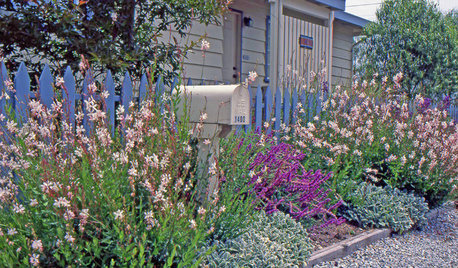
GARDENING GUIDESGreat Design Plant: Gaura Lindheimeri
Delicate, butterfly-shaped flowers ‘float’ above the foliage of this lovely, drought-tolerant perennial
Full Story
FLOWERS AND PLANTSMyoporum Parvifolium a Lush Green Alternative to the Lawn
Plant this Australian native in mild-winter climates as a low-maintenance, semi-drought-tolerant ground cover
Full Story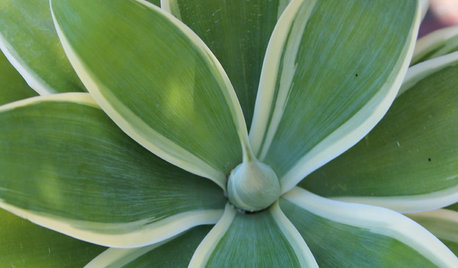
CALIFORNIA GARDENINGCalifornia Gardener's April Checklist
Outsmart droughts with water-savvy plants and sustainable approaches that suit the landscape
Full Story
MONTHLY HOME CHECKLISTSTo-Dos: Your June Home Checklist
Get ready for summer by freshening up your entertaining spaces and preparing for good times with others
Full Story
HOUSEKEEPINGTo-Dos: Your May Home Checklist
Dig out that touch-up paint and rotate that mattress in preparation for the lazy days of summer
Full Story




californian
calistoga_al ca 15 usda 9
Related Discussions
When and how do you harvest echinacea- how do you prepare roots?
Q
How are you guys doing with the drought?
Q
How do you prepare leaves that have been mailed to you?
Q
Soil conditioners with Saponin from Yucca, preparing for drought...
Q
caavonldy
stanofh 10a Hayward,Ca S.F. bay area
gobluedjm 9/18 CA
Kim Ladin
stanofh 10a Hayward,Ca S.F. bay area
mlevie
calistoga_al ca 15 usda 9
ravens_voice
californian
ravens_voice
caavonldy
susi_so_calif
calistoga_al ca 15 usda 9
stanofh 10a Hayward,Ca S.F. bay area
jakkom
Kim Ladin
hosenemesis
stanofh 10a Hayward,Ca S.F. bay area
Central_Cali369
susi_so_calif
ravens_voice
bahia
omniphasic
slave2thefur
lucia_caOriginal Author
atotic
biwako_of_abi
slave2thefur
jakkom
californian
pinecone_dundee
wilbilt